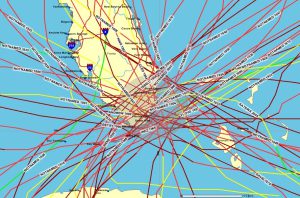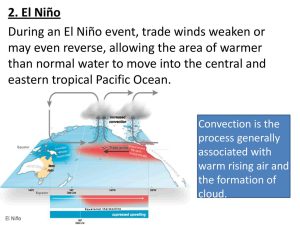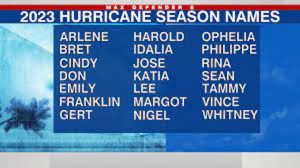Another year brings another hurricane season! Remember, hurricane season runs from June 1st to November 31st, six long months.

What is the difference between this season and the last one?
Good news! Colorado State University (CSU) hurricane researchers are predicting a slightly below-average Atlantic hurricane season in 2023. Why? Because the development of El Niño, which tends to increase upper-level winds across the Caribbean into tropical Atlantic. This results in vertical wind streams which tear apart hurricanes as they try to form. However, the Atlantic Ocean is very warm, which favors an above-normal season. The forecast this year is a little complicated to say the least.

CSU is predicting 13 named storms with six to becoming hurricanes and two of the six reaching major hurricane strength (Saffir/Simpson category 3-4-5) with sustained winds of 111 miles per hour or greater.

To educate ourselves about the forecast of the coming hurricane season, we are organizing a webinar with Mr. Robert Molleda, Warning Coordination Meteorologist from the National Weather Service, NOAA. He will enlighten us about the coming hurricane season outlook and what resources we have to track a hurricane or storm event.
Registration at:
Some available resources:
UF/IFAS Disaster Preparation and Recover
https://disaster.ifas.ufl.edu/
Assessing Damage and Restoring Trees After a Hurricane
https://sfyl.ifas.ufl.edu/media/sfylifasufledu/miami-dade/documents/disaster-preparation/hurricane-and-disaster/Assessing-Damage-and-Restoring-Trees-After-a-Hurricane-Gilman.pdf
 3
3
